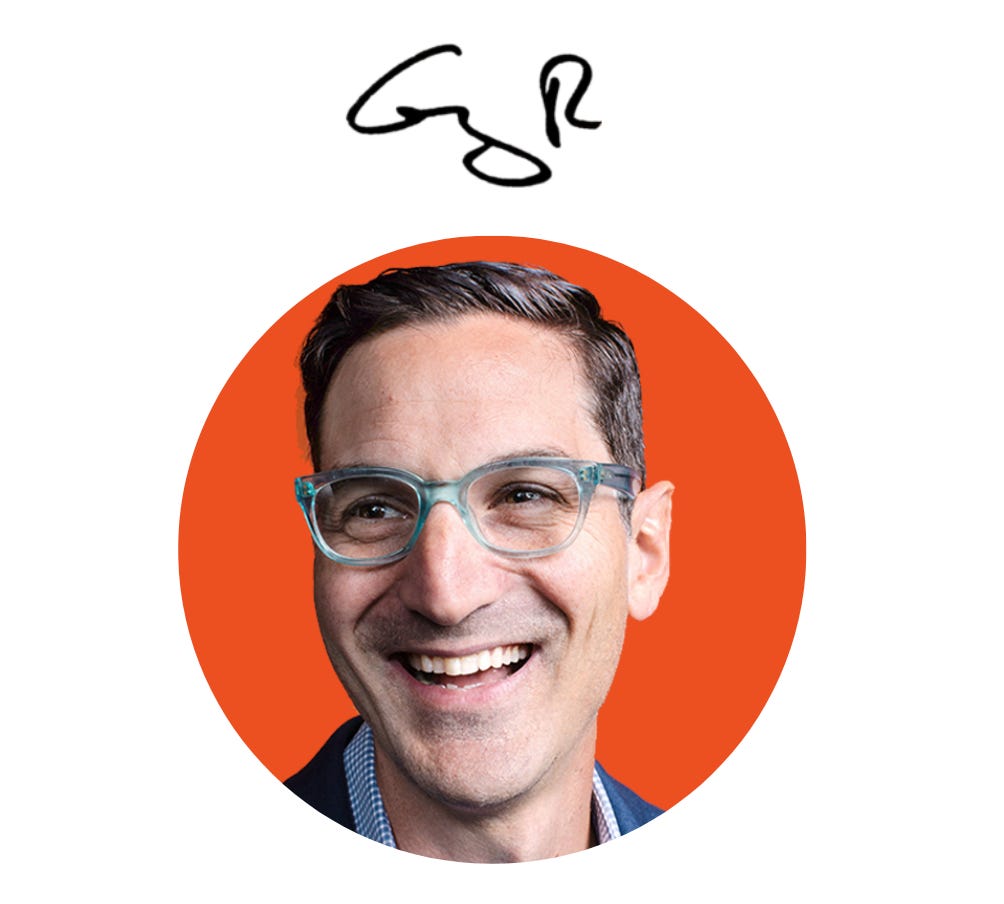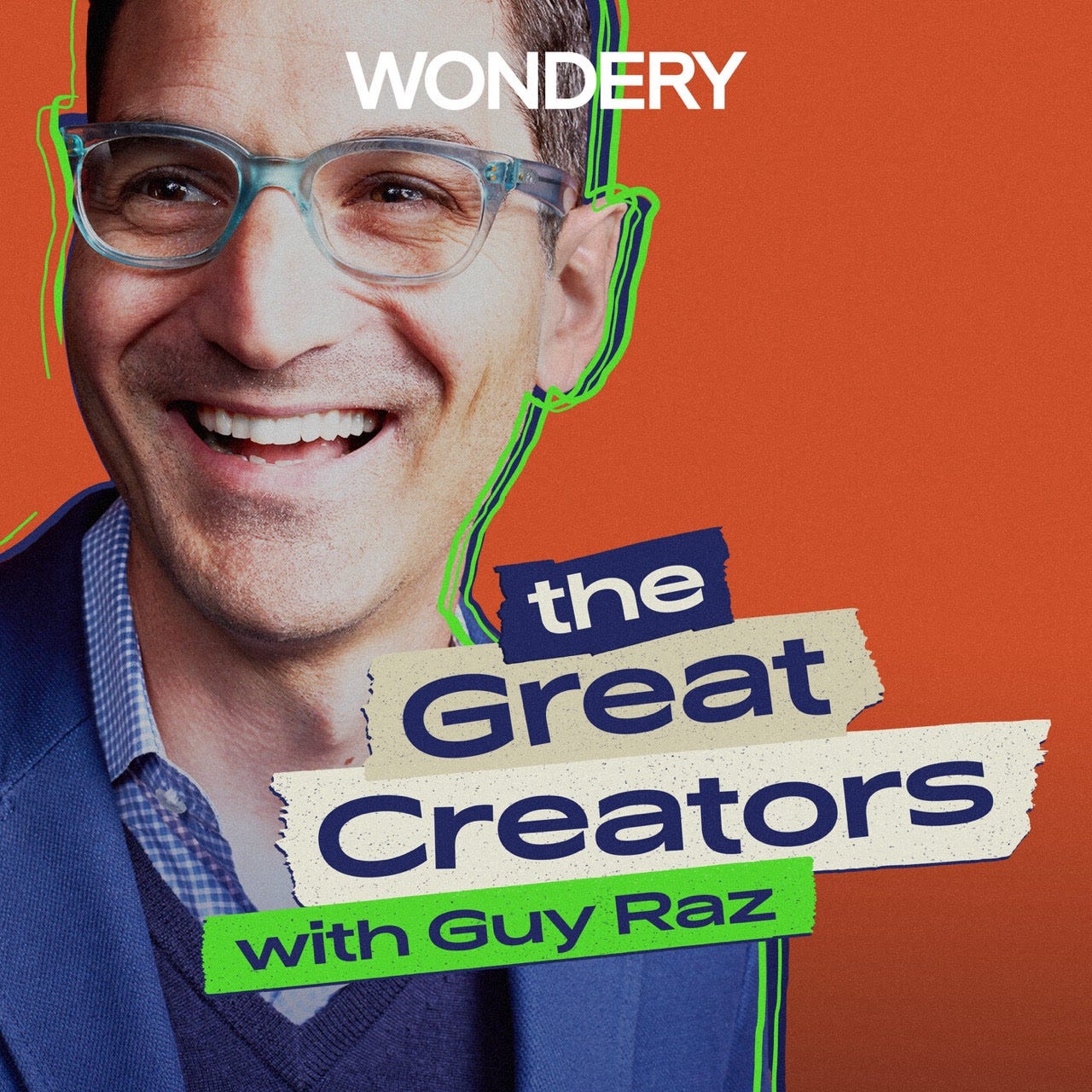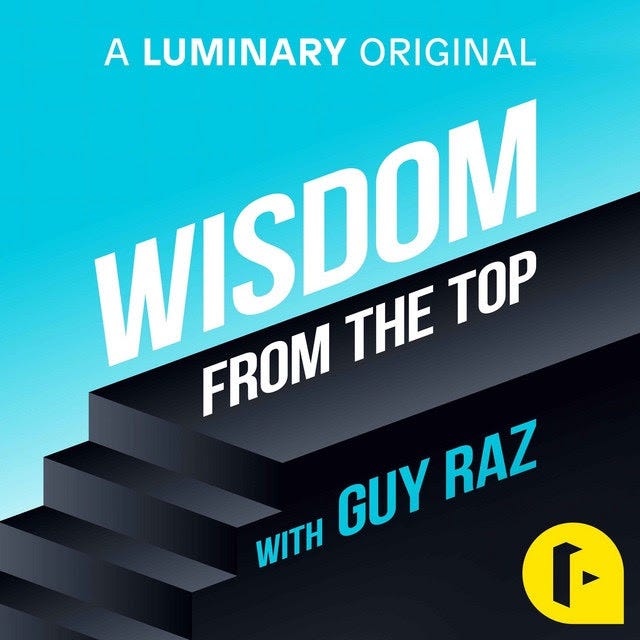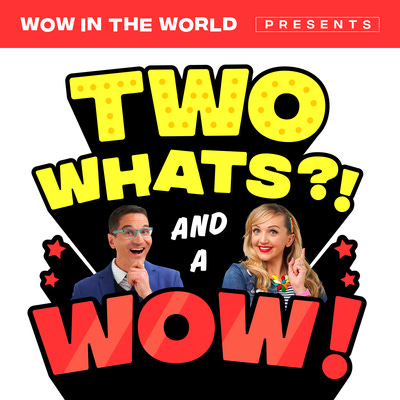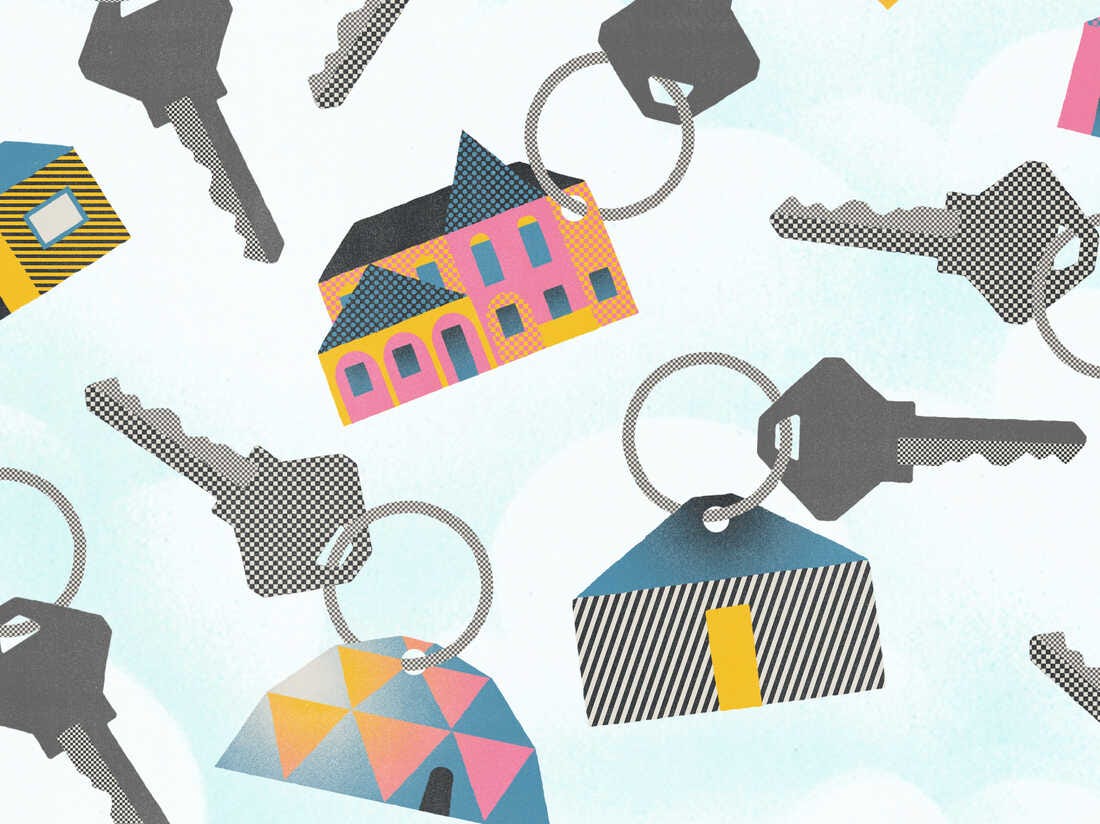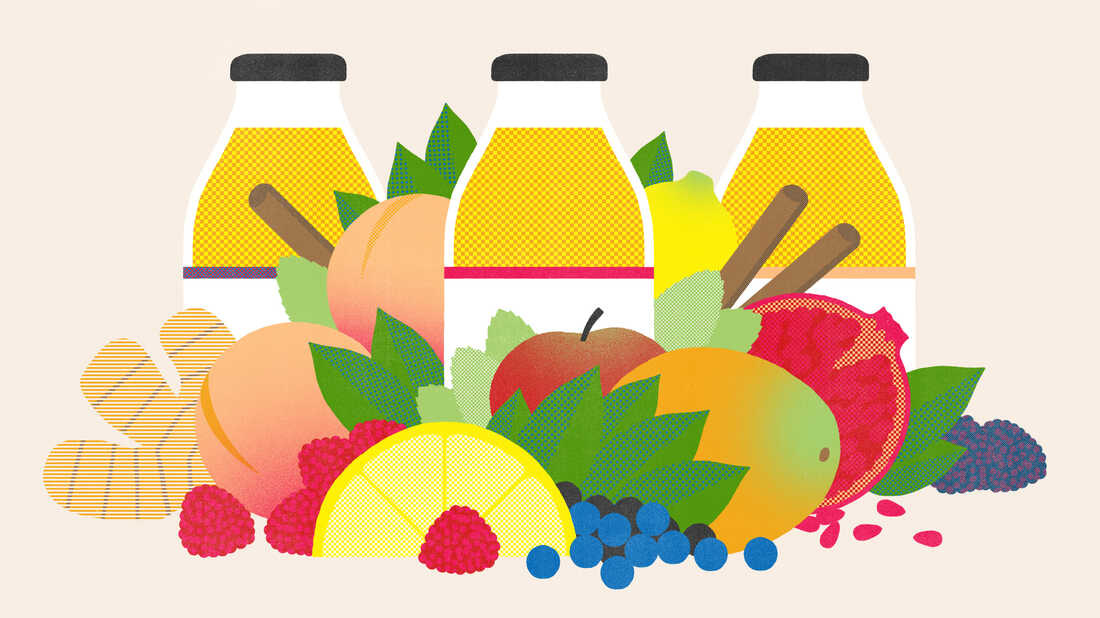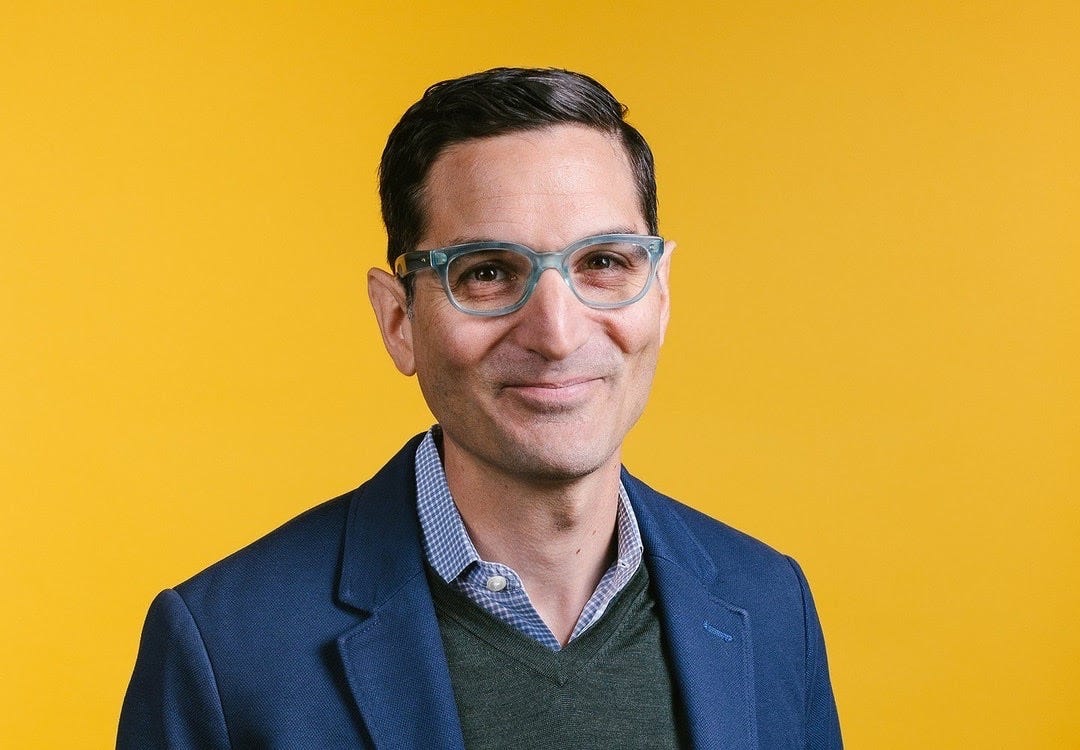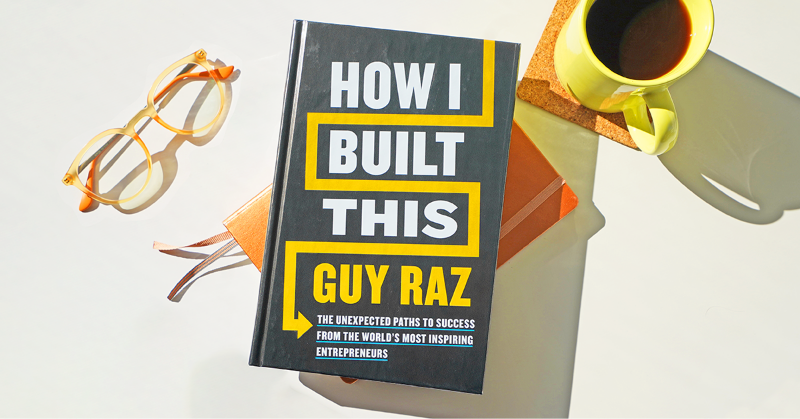Hey everyone!
I’m back after a brief summer hiatus! I hope you’ve had a great summer! The best thing that happened to us? We got a new dog! A Belgian Malinois that is a burst of energy and joy.
Here are a few cool things I did/read/watched this summer:
Book: American Kingpin by Nick Bilton.
It’s the story of the Silk Road and its mysterious creator Dread Pirate Roberts (Ross Ulbricht). The book completely sucked me in.
Watched: 30 Rock.
I binge watched the show for the first time. It came out when I was overseas and then a young parent focused on raising kids so I didn’t watch ANYTHING for years.
Place: Temple of Poseidon, Cape Sounion, Greece
An absolutely incredible, well-preserved temple from 440 BC. On one of the pillars, etched into the marble, is graffiti from the English poet Byron. He carved his name into the rock in 1811 and you can still see it, clearly B-y-r-o-n.
Food: A fantastic dinner at Nobelhart and Schmutzig in Berlin. Simple, hyper local and really fun.
Alright…we are fully back into the fall…Here are all the things we’ve got lined up this week. Let’s get into it!
This week’s episode is a masterclass in packaging, price discipline, and sheer stubbornness. In the early ’90s, iced tea belonged to Nestea, Lipton, and Snapple—until a 24-ounce turquoise-and-pink can from two beer distributors in Brooklyn changed the shelf.
Don Vultaggio didn’t start with a lab or an MBA. He started with a salesman’s eye and a retailer’s brain—and he built AriZona into one of the best-selling iced tea brands in America. He also survived a decade-long legal war with his co-founder, kept the brand independent, and still prints 99¢ on the can.
Here are the 9 takeaways I took from this episode:
1) Be obsessed with the shelf, not the spreadsheet
Don’s breakthrough didn’t happen in a boardroom. It happened in a 7-Eleven cooler in February 1991, watching a Snapple driver unload case after case—in winter.
He asked a simple question most people miss: “Why is that moving when beer isn’t?” (Don was a beer distributor at the time)
Lesson: Go to the point of sale and watch what sells. If you’re not studying the shelf (or the app store, or the search results), you’re guessing.
2) Differentiate where the customer decides
AriZona didn’t try to out-Snapple Snapple. They changed format and design:
24-ounce tallboy (not a glass bottle): bigger, lighter, cheaper to ship.
Southwestern palette (turquoise/pink) in a sea of blues, reds, and blacks.
A capital “Z” in the middle of AriZona—memorable and playful.
Lesson: Compete at the moment of choice. Form factor and visuals can be more decisive than another ad campaign or flavor tweak.
3) Price as a promise (and a constraint)
Printing “99¢” on the can became AriZona’s brand covenant. Keeping it there forced a thousand operational innovations: thinner aluminum, faster canning, off-peak trucking, suburban warehouses, manufacturing investments.
Lesson: Pick a price that signals value—and let it discipline your operations. Great pricing strategy is an operations strategy in disguise.
4) Value beats advertising—if you earn the repurchase
AriZona spent almost nothing on traditional marketing at launch. The first purchase came from curiosity—the big, bright can next to Snapple at the same price. The second purchase came from taste.
Lesson: Packaging gets you trial; product quality earns the repeat. If you can deliver both while undercutting perceived value, you don’t need to outspend incumbents.
5) Build what you can control
Don and John started as beer distributors. But they were forever at the mercy of other suppliers. Their decision to own a brand—then later to build their own factory and avoid bank debt—was about control.
Lesson: Dependency is a tax on your future. Move, step by step, toward owning the assets that matter most (brand, manufacturing, distribution, or data).
6) Taste what your category ignores
When a flavor house pitched “you can fake the tea,” Don said no. He insisted on real tea and you can taste it.
Lesson: Every category has a corner that’s been cut so long it’s invisible. If you can restore that corner (quality, ingredients, service), you create durable differentiation.
7) Hire the shelf, then the suits
AriZona’s early expansion came from operators who crushed in their territory (hello, Detroit), then joined the mothership. Don also slowed hiring during his legal war because he refused to recruit people into uncertainty.
Lesson: Promote the people who’ve already proven they can move product. And don’t hire beyond what your governance reality can support.
8) Partnerships change because people change
Don and John started with shared values and grit. Success pulled them in different directions. When John wanted to sell and Don didn’t, a 10-year legal battle followed. Don spent “70–80% lawyer, 20% marketer” for years.
Lesson: Co-founder alignment is not a one-time event. Formalize buy-sell mechanics early, revisit them often, and assume life will test them.
9) Play the long game—multi-generational if you can
Don turned down buyers, kept control, and invested after the lawsuit: a million-plus-square-foot plant, more efficiency, new lines (including hard tea), and global expansion—with no company debt.
Lesson: The compounding effects of ownership + operational excellence can outpace a headline exit. Wealth and purpose can come from staying the course.
Founder Moves You Can Steal This Week
Run a shelf safari: Visit 10 stores (or the top 10 search results). Photograph what wins attention. What would make you stop scrolling or stop walking?
Choose a constraint: Pick one: price, speed, or simplicity. Make it your brand promise and reverse-engineer operations to uphold it.
Audit the “invisible corner”: What’s your category’s accepted compromise? Reverse it. Tell that story.
Revisit the co-founder clause: If someone wants out, what’s the valuation mechanism? Who controls the brand? Write it down while you still like each other.
One Last Image to Keep in Your Head
A 6’8” founder, decades into the journey, jumping on a forklift to load 57 trailers when the plant was short-staffed. That’s culture. That’s what outlasts campaigns and price wars.
If this resonated, share it with a founder who’s fighting from the shelf up. And if you’ve ever bought an AriZona at 99¢, you’ve already funded a masterclass in value discipline.
Have a great week!
On the Podcasts This Week!
From Brooklyn Beer to Billion-Dollar Iced Tea
In 1991, Don Vultaggio was a beer salesman in Brooklyn just trying to keep his business afloat. He and his partner had already survived armed robberies (yes, really!) and several failed product launches.
But then, one February morning, Don noticed something odd: a Snapple truck unloading case after case of iced tea…in the middle of winter!
If tea could sell in the dead of winter… maybe it could sell anytime.
His big idea wasn’t a new recipe. It was a new package.
Instead of Snapple’s glass bottles, he put tea in 24-ounce “tallboy” cans. And he used bright turquoise and pink colors to make it stand out. The can looked like summer, stood out in every cooler, and at 99 cents, it felt like a deal too good to pass up.
Within months, AriZona Iced Tea was outselling Snapple. And in a few years, it was already a billion-dollar brand.
But behind the flashy cans was a decade of turmoil. Don’s partnership with his co-founder unraveled, leading to a ten-year legal battle over the company’s value. And while painful, Don shared some incredible lessons on what it takes to stay independent and stick to your vision.
Today, AriZona is still one of the best-selling iced teas in America. And Don, still at the helm, insists he’ll never sell and will work to his dying day.
HIBT Advice Line: Play to Your Strengths
This week on the Advice Line, we’re doing something special. I’m joined by THREE former HIBT guests to help founders grow by leaning into what makes them great.
First up, Honor: Can a celebrity partnership help scale my brand?
Honor runs Dosey, a line of elegant pill organizers that’s taking off. She’s eyeing celebrity collaborations to grow…but wants to keep it real. Troy Carter (Atom Factory) warned that most celebrity deals flop unless there’s authentic connection. His advice: build relationships that reflect your values.
Next, Arvy: How do I grow internationally while staying true to my roots?
Arvy’s company, ProltUp Optics, makes safari-tested binoculars and rangefinders in South Africa. Joe Gebbia (Airbnb) encourages him to position the product boldly: made for the bush and built to last.
Finally, Genevieve: How do I grow without losing the personal touch?
Genevieve runs Go Sail, a learn-to-sail vacation company in Montana and the Virgin Islands. She’s juggling growth and customer connection. Sadie Lincoln (barre3) advice? Tap your customers. They might be your next hires, best connectors, or even future operators.
Growth doesn’t always mean going broad. It means going deeper. As Troy, Joe, and Sadie all remind us: your edge isn’t what you copy from others. It’s what only you can do.
If you would like to be featured on an upcoming episode, call and leave a 1-minute message at 1-800-433-1298 or send a voice memo to hibt@id.wondery.com
Cody Jinks on Reinvention and Independence
Before he was a country chart-topper, Cody Jinks was a metalhead with a day job and a mountain of debt.
Raised outside Fort Worth, Jinks spent his early years screaming into microphones as the frontman of a thrash metal band. But when that band broke up in his early 20s, he found himself lost… and broke.
He traded in his electric gear for an acoustic guitar, started playing dive bars, and taught himself how to sing country music. It wasn’t pretty at first. He spent years playing to half-empty rooms, self-releasing albums, and turning down record deals that would’ve taken his publishing rights.
But at one point, he and his wife were $100K in debt. He was gone 200 nights a year. And things looked bleak.
But he kept betting on himself… and it paid off!
His 2016 album hit #1 on Billboard’s country charts, and the viral success of a single track cemented his place as one of the most successful independent artists in the genre.
Now in his 40s, Jinks is sober, thriving, and touring with his wife and homeschooled kids. He’s built his own label, employs his own team, and continues to release music that’s raw, personal, and unfiltered.
Watch it on YouTube:
The Taco Spot That Shouldn’t Have Survived
It all started with some tacos. And it turned into a movement.
In this episode of The Way Up, I sat down with Edgar Rico and Sara Mardanbigi, the couple behind Nixta Taqueria in Austin. They opened with a dream, $75K, and zero investors… just weeks before the pandemic hit.
Then came even more turmoil: ice storms, power outages, and the kind of obstacles that could close a restaurant for good.
But Edgar and Sara kept going. Feeding neighbors for free, launching pop-ups, and finding creative ways to stay afloat. The community rallied around them. And earlier this year, they won one of the most prestigious awards a restaurant could possibly receive!
This is a story about grit, generosity, and tacos with soul.
Can a Bird Teach Another Bird to Open a Trash Can?!
Reggie’s off to college at the University for Clever Birds, and me and Mindy tag along just in time to sit in on a very unusual class: Trash Can Opening 101!
In this week’s Wow in the World, we meet Professor Birdman and his cockatoo sidekick Lulu as they teach one of the smartest bird hacks in the animal kingdom – how sulfur-crested cockatoos in Australia are learning to open trash bins.
But here’s the WOW: they’re not born knowing how to do it… they teach each other!
With help from citizen scientists, researchers have tracked how this clever skill spreads from neighborhood to neighborhood, beak to beak.
It’s a feather-ruffling look at how animals learn, adapt, and snack smart in the city!
Semi-Sweet Surprises!
This weeks’ episode is stuffed with more sweet surprises than a box of fudge.
We dive into the science (and silliness) of chocolate! And you’ll have to separate the real wows from the candy-coated whats.
Did you know some chocolate actually helps prevent heart attacks? Or that there was a chocolate bar called “Chicken Dinner”?
And wait ‘til you find out just how big the world’s largest chocolate bar really was!
Enjoy this sweet episode of Two What’s and a Wow!
From the Archives!
Airbnb: Joe Gebbia
In 2007, Joe Gebbia was struggling to pay rent in San Francisco when he had a scrappy idea: what if he and his roommate rented out air mattresses in their apartment to travelers?
That small experiment turned into Airbnb, a platform that redefined the way people travel and connect. What started as a way to make ends meet became a global business with millions of listings… more than the biggest hotel chains combined.
Joe and his co-founders faced plenty of skepticism along the way: from investors, regulators, and even their early users.
But their persistence paid off, and Airbnb helped launch the modern sharing economy.
Honest Tea: Seth Goldman
In 1997, after a long run, Seth Goldman stopped into a corner store and couldn’t find a single drink that wasn’t loaded with sugar.
So he went home, brewed up a batch of lightly sweetened tea in his kitchen, and started working on a new kind of beverage.
That homemade brew became Honest Tea, a brand built on transparency, organic ingredients, and just a touch of sweetness. Seth sold the drinks out of the back of his car, slowly gaining traction with health-conscious consumers and skeptical retailers.
Seth’s story is a classic tale of turning personal frustration into innovation. And proving that sometimes, the best business ideas start with a simple thirst for something better.
See you next time!
What do you want more or less of?
Just send a tweet to @guyraz or a message on IG to @guy.raz or LinkedIn and put #GuyRazNewsletter at the end so I can find it.



